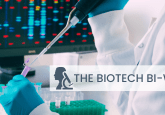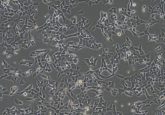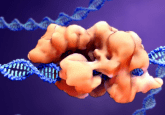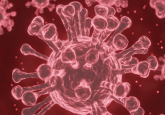CRISPR as the cell’s ‘black box’

Researchers have used CRISPR as a tool to enable a multitude of different events within cells to be recorded.

David Liu and Weixin Tang from the Broad Institute of MIT and Harvard (MA, USA), used the CRISPR-Cas9 gene-editing tool to produce a data recording device capable of documenting the duration and order of events within cells.
“Just like a flight-data recorder records events that happen to an airplane, the cell-data recorders can be used to monitor stimuli that the cell is exposed to, or changes in the cell signaling,” explained Liu.
The hope is that these cell-data recorders will be capable of tracking changes in gene expression, clarifying processes such as the emergence of cancer, and aging and monitoring shifting environmental conditions.
Liu continued, “We’d love to be able to see whether cells in certain states listen to or ignore signals to stop growing.”
CRISPR-Cas9 uses guide RNA fragments to enable the Cas9 enzyme to cut a strand of DNA at a particular site. In many organisms, the break in DNA is then repaired by the cell in ways that can alter the original DNA sequence.
However, this is not the case in bacteria, which lack the DNA-repair mechanisms used by mammalian cells and instead degrade damaged plasmids, replacing the degraded one by replicating another plasmid.
The study, published in Science, describes two data recording systems, titled CAMERA1 and CAMERA2. CAMERA1 involved normal plasmids as well as plasmids with three altered DNA bases that matched the sequence targeted by a guide RNA. Both types of plasmid were transferred into bacteria that were engineered to express Cas9 only in the presence of a particular antibiotic.
The proportion of altered plasmids to normal plasmids fell in bacterial cells that were treated with the particular antibiotic due to the degradation of the altered plasmids. By keeping track of this plasmid ratio, the researchers inferred the amount of antibiotic present and how long the cells were exposed to it. This information could be gathered from as few as ten bacterial cells.
The second system, CAMERA2, made use of base editors to switch individual bases within the DNA when specific signals occurred in the cell. The researchers modified this system to work in mammalian cells, recording how the cell responded when it was exposed to different viruses, nutrients, and antibiotics.
The next challenge for Liu and Tang is to demonstrate that these techniques can be successfully used in the cells of a living test animal.





